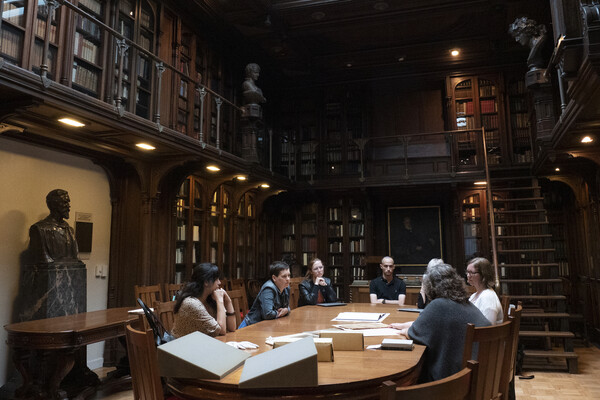
Dot Porter’s Digital Surrogates course, seen here in Lea Library, was one of nine offered during the DReAM Lab. Topics ranged from text analysis to digital humanities in the classroom. (Photo: Sarah Milinski)

Dot Porter’s Digital Surrogates course, seen here in Lea Library, was one of nine offered during the DReAM Lab. Topics ranged from text analysis to digital humanities in the classroom. (Photo: Sarah Milinski)
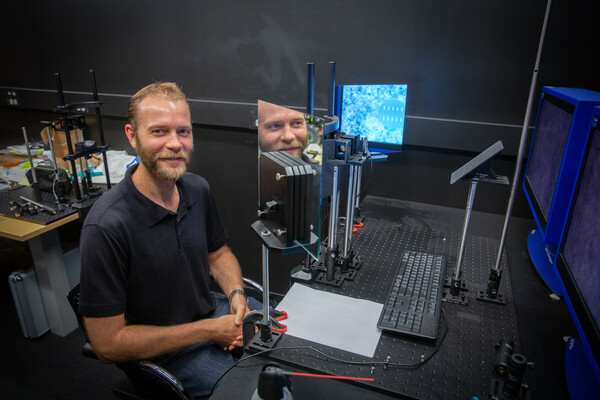
The lab of neuroscientist Johannes Burge (above) focuses on how the human visual system processes the images that fall on the back of the eye. This line of work, closely related to a 100-year-old illusion called the Pulfrich effect, could have serious public safety and public health implications.
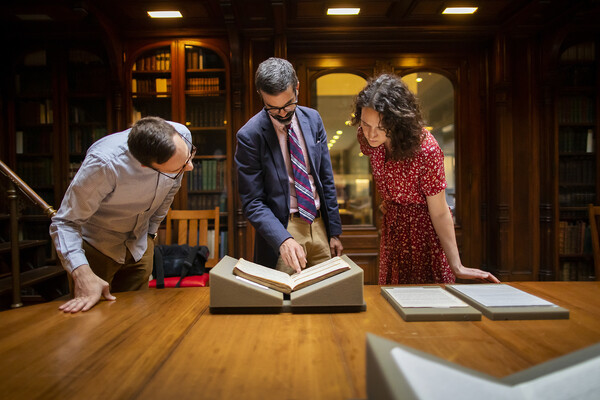
Philosopher Elizabeth Anscombe was both a divisive figure and one of the most important female philosophical minds of her time. Notebooks filled with old postcards and scrawled responses, like those viewed here by graduate student Paul Musso (left), associate professor Errol Lord, and graduate student Marie Barnett, reveal Anscombe’s thought process as she corresponds with Anthony Kenny, a philosopher and priest, about God and faith.
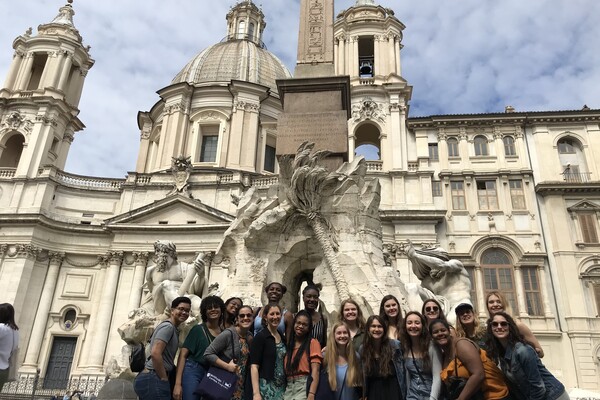
A Penn Global Seminar on global deaf culture led by Penn linguist Jami Fisher (5th from left) included visiting sites in Rome, Italy, like Bernini’s Fontana dei Quatro Fiumi in Piazza Navona, above. Often, the group was led by a guide who was signing in Italian sign language. It gave the students a chance to experience what life is like not only for deaf people in general, but also a deaf community in another part of the world. (Photo courtesy: Jami Fisher)





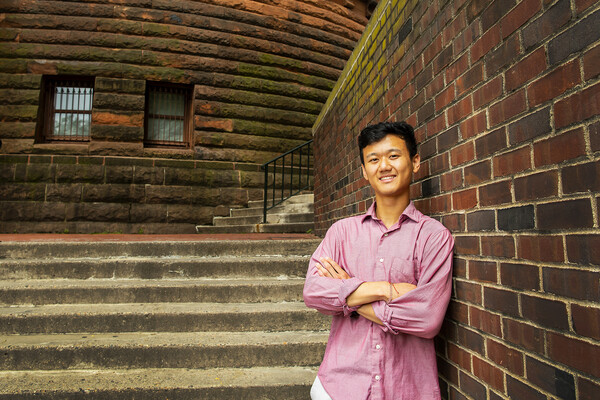
Rising senior Richard Ling started a nonprofit, Collective Cause, and through that, ran a competition called Sustainable Solutions. The goal was to encourage high school and college students to brainstorm local solutions to meet the United Nations’ Sustainable Development Goals.